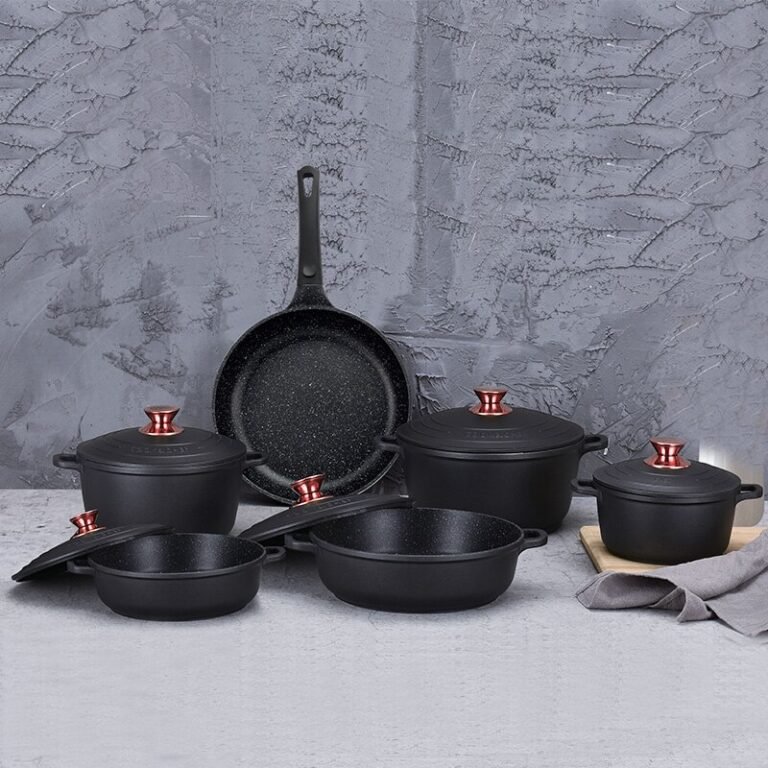Food Safety in Catering: Ensuring a Healthy and Enjoyable Event
When it comes to hosting an event, the safety and well-being of your guests should be a top priority. Catering services play a critical role in ensuring that the food served is not only delicious but also safe for consumption. In this article, we delve into the importance of food safety in catering, highlighting key practices that both hosts and catering services should prioritize to guarantee a healthy and enjoyable event.
The Critical Role of Food Safety in Catering Services
1. Preventing Foodborne Illness:
Foodborne illnesses can have severe consequences, ranging from mild discomfort to serious health issues. Catering services must adhere to stringent food safety standards to prevent the occurrence of foodborne illnesses and protect the health of event attendees.
2. Maintaining Reputation and Trust:
A commitment to food safety enhances the reputation and trustworthiness of catering services. Clients and guests expect a level of professionalism that includes not only delicious food but also a dedication to hygiene and safety standards.
3. Legal and Regulatory Compliance:
Catering services must comply with local health and safety regulations to operate legally. Failure to meet these standards can result in penalties and damage the reputation of both the catering service and the host.
Key Practices for Ensuring Food Safety in Catering
1. Staff Training:
Proper training of catering staff is fundamental to maintaining food safety. Staff should be well-versed in hygiene practices, safe food handling, and the prevention of cross-contamination.
2. Storage and Temperature Control:
Catering services must adhere to strict guidelines for the storage and temperature control of food items. This includes proper refrigeration, avoiding the storage of raw and cooked foods together, and ensuring that perishable items are kept at safe temperatures.
3. Regular Equipment Maintenance:
Catering equipment, including refrigerators, ovens, and food preparation surfaces, should undergo regular maintenance to prevent malfunctions that could compromise food safety.
4. Safe Food Handling Practices:
From the kitchen to the serving table, safe food handling practices are crucial. This includes using separate utensils for different food items, wearing appropriate protective gear, and implementing effective handwashing protocols.
5. Allergen Awareness:
Catering services should be diligent in managing and communicating information about common allergens present in their dishes. Clear labeling and communication with clients about potential allergens are essential to prevent adverse reactions.
Collaboration Between Hosts and Catering Services
1. Clear Communication:
Hosts and catering services should engage in clear and open communication regarding any dietary restrictions, allergies, or special requests. This collaboration ensures that the catering service can accommodate specific needs while maintaining food safety standards.
2. Menu Planning with Safety in Mind:
When planning the event menu, hosts and catering services should prioritize dishes that are not only delicious but also safe for all guests. This includes considering various dietary preferences and ensuring that allergen-free options are available.
3. Inspection and Quality Assurance:
Hosts can request information about the catering service’s safety practices, including any certifications or inspections they undergo. This proactive approach helps ensure that the catering service meets high standards of food safety.
Conclusion: A Safe and Enjoyable Culinary Experience
In conclusion, food safety is a cornerstone of successful food catering services and events. Hosts and catering services must work hand in hand to prioritize the health and well-being of guests. By implementing rigorous food safety practices, adhering to regulations, and fostering clear communication, catering services contribute to the overall success of an event, ensuring that attendees can enjoy delicious food in a safe and healthy environment.






